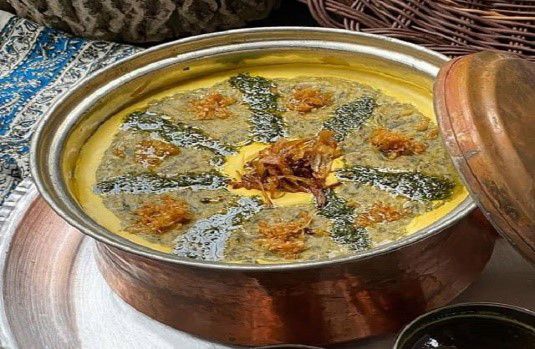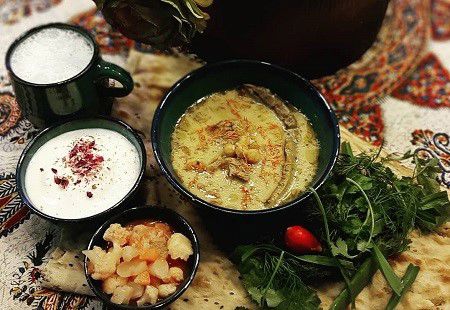
Abstract Submission Opens
2025-02-03Abstract Submission deadline
2025-05-05Abstract Author Notification Start
2025-06-05Abstract Author Notification End
2025-07-05Early Registration
2025-07-05Early Registration Deadline
2025-08-05Conference Start
2025-08-26Conference End
2025-08-27The Historic Village of Anjedan
Anjedan is one of the tourist attractions of Arak and a village in the Mashkabad rural district of the central district of Arak County, located in Markazi Province, Iran.
The village is known for its numerous large and small caves in its vicinity, making it a site of historical and natural interest.
Geographically, Anjedan is situated:
- 64 kilometers north of Khomein
- 37 kilometers east of Arak
- 37 kilometers west of Mahallat
This proximity to key cities, coupled with its natural and historical significance, makes Anjedan a notable destination for travelers and history enthusiasts exploring the region.



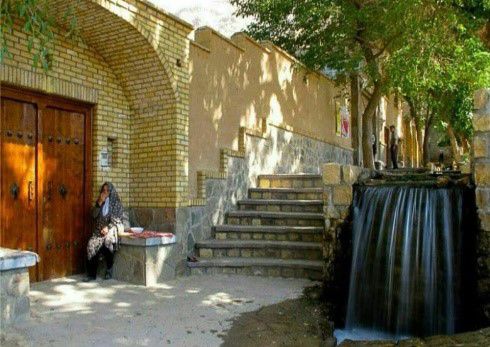
Meyghan Desert Wetland
The Meyghan Desert Wetland is one of the ten most significant wetlands in Iran, boasting diverse wildlife and a unique desert landscape.
This wetland is particularly notable as one of the most important seasonal habitats for migratory birds, thanks to its favorable climatic conditions.
Geographically, it is located:
- 17 kilometers northeast of Arak
- Southwest of Davoudabad
- In the Farahan Plain of Markazi Province
The Meyghan Wetland is a fascinating destination for nature lovers, bird watchers, and those interested in exploring the delicate balance between desert and wetland ecosystems.


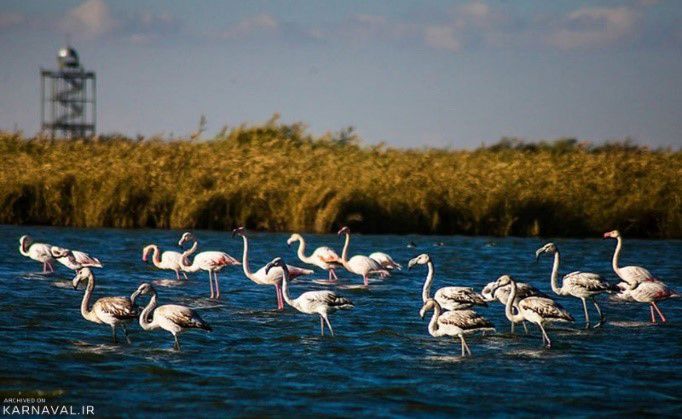
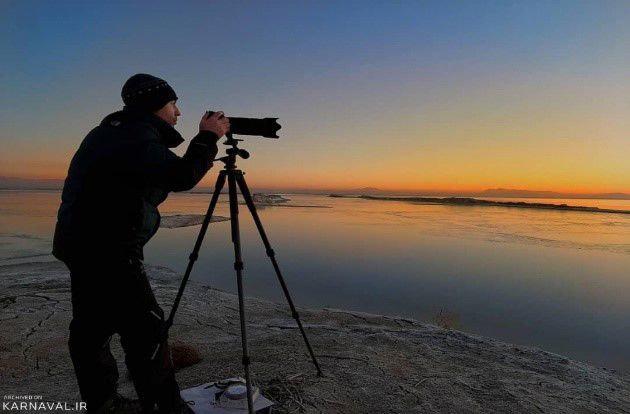
Hazzaveh Village
Hazzaveh is a mountainous rural village located in the central district of Arak County, known for its favorable climate and extensive vineyards, making it an ideal spot for horticulture.
The village holds significant historical importance as the birthplace of prominent figures such as:
- Amir Kabir, the great reformist and prime minister of Iran
- Mirza Bozorg Qaem Maqam
- Mirza Abolqasem Qaem Maqam
Geographically, Hazzaveh is situated:
- 18 kilometers west of Arak
- 25 kilometers from Farahan
Its natural beauty, historical legacy, and agricultural richness make it a notable destination in Markazi Province.


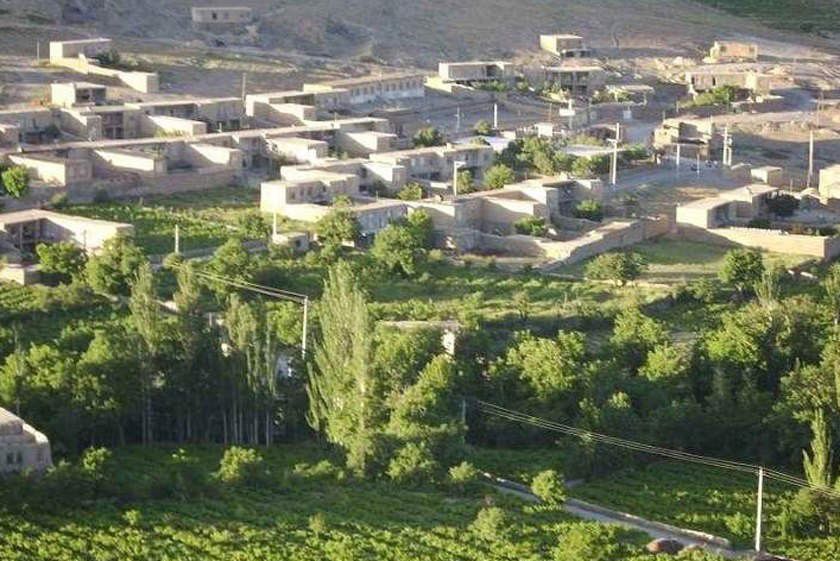
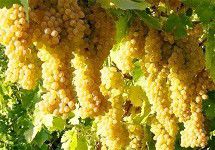
Chahar Fasl (4 sessions) Bathhouse
The Chahar Fasl Bathhouse in Arak is one of the most stunning examples of Iranian architecture and tilework from recent centuries. Its unique decorations make it a masterpiece of traditional Iranian design.
This bathhouse consists of four separate sections:
- A men's section
- A women's section
- A bathhouse specifically for religious minorities
- A private bathhouse
It is also recognized as the largest bathhouse in Iran.
The Chahar Fasl Bathhouse is located on the eastern side of Shahid Dr. Beheshti Street in Arak, making it a must-visit site for those interested in Iran’s architectural heritage and history.
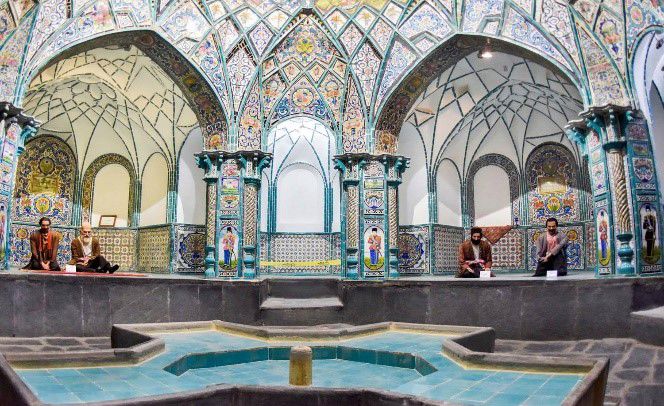
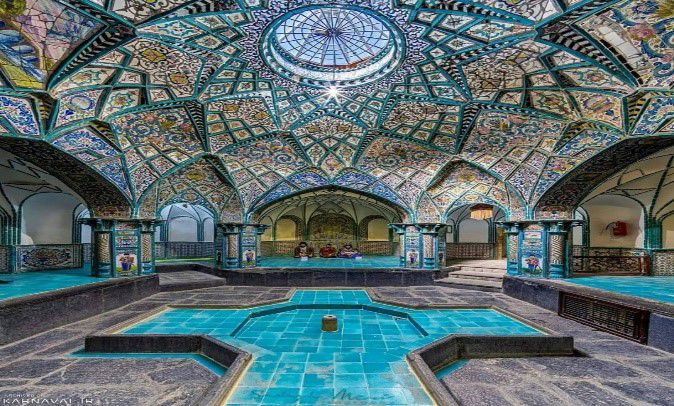
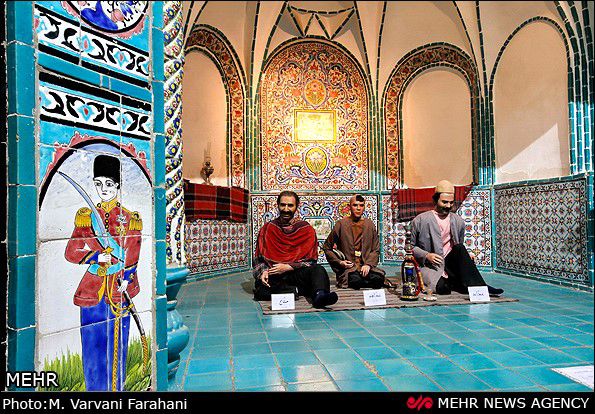

Museum of Prominent people of Arak
The Museum of Prominent people of Arak is a cultural attraction and a small treasure trove celebrating the great personalities of this province. It is one of the notable tourist destinations in Arak.
This historic building was constructed in the late Qajar era by Seyed Hossein Khakbaz, a descendant of Haj Aqa Mohsen Araki. The museum is now housed within this structure.
The museum is located on Shahid Beheshti Street, just before Shariati Square, making it an accessible and enriching stop for visitors interested in the history and culture of Arak.
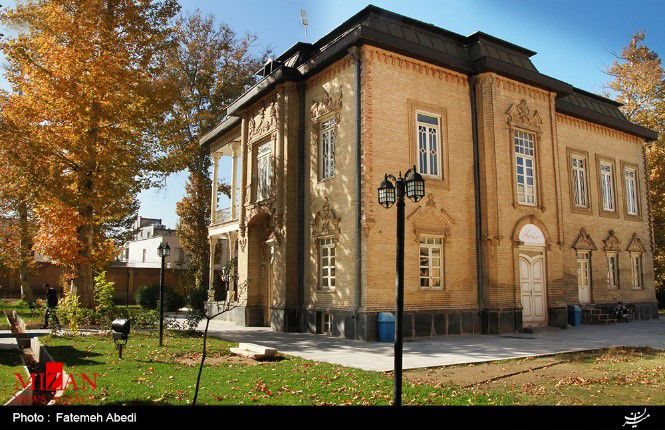

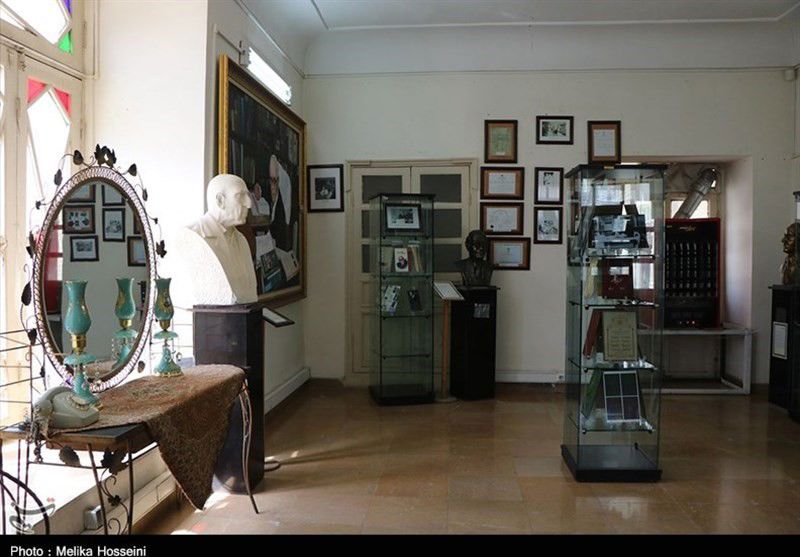
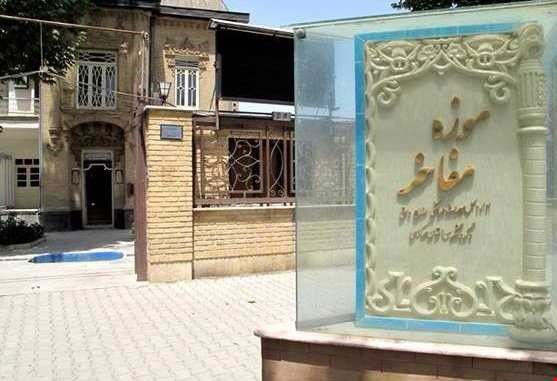
Arak Bazaar
The Arak Bazaar, also known as the Covered Bazaar, is considered the last example of traditional Iranian architecture. It stands proudly in the heart of Arak and remains one of the city's busiest commercial hubs.
This bazaar is characterized by its high arches and tall walls, which showcase the architectural elegance of its time.
The Covered Bazaar is located in the Hesar neighborhood of Arak, at the intersection of Imam Khomeini Street and Mohseni Street, making it a must-visit site for those interested in both shopping and experiencing the historic charm of the city.

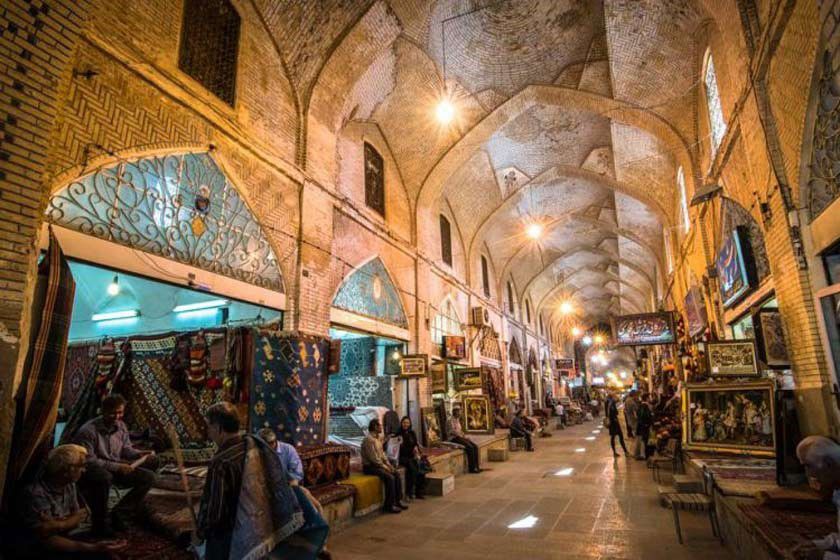
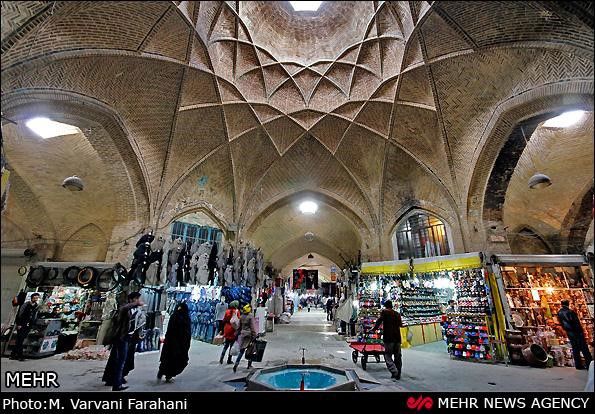
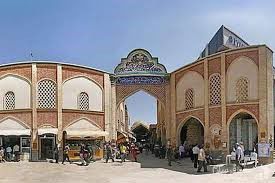
The Church of Saint Mesrop in Arak
The Church of Saint Mesrop in Arak is a historical monument from the Qajar period on Shahid Chamran Street in Arak. This historical monument, which was registered as one of the national monuments of Iran in 1379, is one of the tourist attractions of Arak.
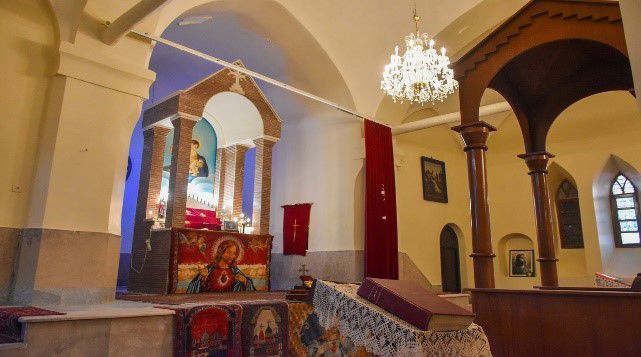
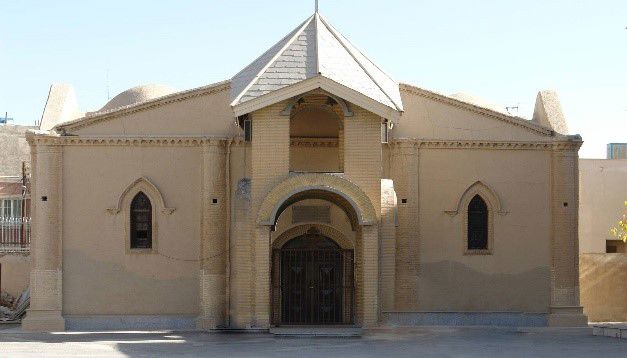

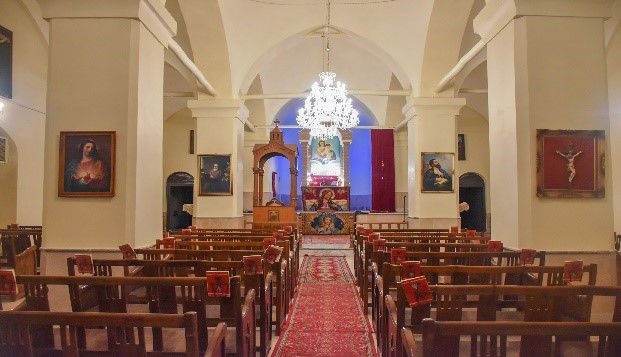
Amir Kabir’s House in Arak
The House of Amir Kabir, located in Hazzaveh Village, 18 kilometers from the city of Arak, is one of the prominent historical landmarks in the region.
This house attracts a significant number of visitors throughout the year, especially during Arak Cultural Week, as it is closely tied to the life and legacy of Amir Kabir, one of Iran’s most celebrated reformists and statesmen.
For those interested in exploring the culture and history of Iran and Markazi Province, this site serves as a meaningful destination.




Tomb of Imamzadeh Muhammad Abed (Mashhad-e Meyghan), Arak
The Tomb of Imamzadeh Muhammad Abed (A.S.), located in Arak, is a sacred site of great historical and spiritual significance. Imamzadeh Muhammad Abed (A.S.) was the brother of Imam Reza (A.S.) and Hazrat Masoumeh (S.A.), the son of Imam Musa al-Kadhim (A.S.), and the father of Ibrahim Mojab, whose tomb is in Karbala.
Imamzadeh Muhammad Abed (A.S.) originally resided in Medina. Alongside his brother Ahmad ibn Musa, he traveled to Iraq and then set out toward Mashhad to visit their brother, Imam Reza (A.S.).
On their way, near the village of Ebrahimabad in Arak, they were ambushed by spies of Mamun Abbasid. In the attack, many of their companions, including Imamzadeh Muhammad Abed (A.S.), were martyred.
The tomb of Imamzadeh Muhammad Abed (A.S.) remains a revered pilgrimage site, attracting visitors and worshippers who honor his sacrifice and connection to the holy lineage of the Prophet Muhammad (PBUH).
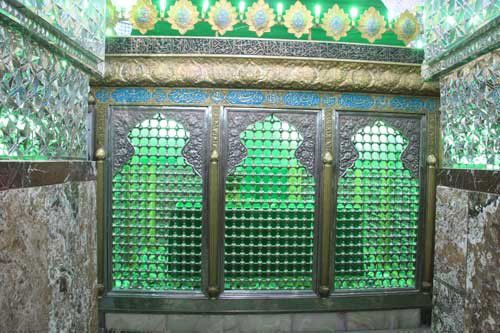
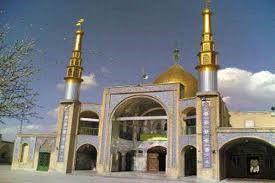
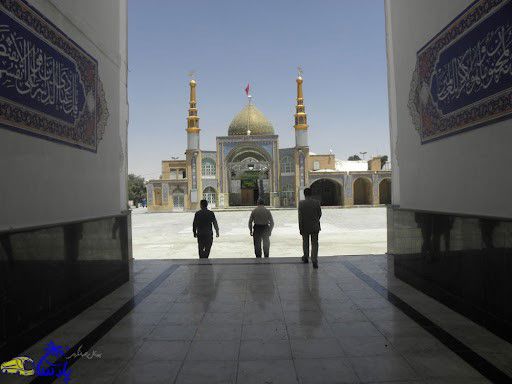
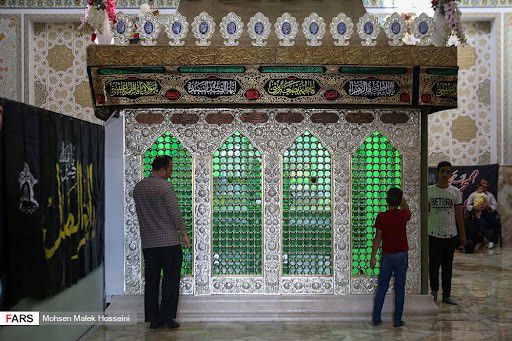
Kolah Farangi Mansion (Haj Vakil Mansion), Arak
The Kolah Farangi Mansion, also known as the Haj Vakil Mansion, is a historic building from the Qajar era. Located in the southeastern part of Arak, it is the only remaining part of a larger complex that once stood in the area.
During the reign of Naser al-Din Shah Qajar, many foreign companies gained significant privileges, including in the carpet industry, which flourished during this period. In Arak, 14 foreign companies were involved in the trade and export of carpets.
To achieve their goal of monopolizing this industry, these companies established dyeing and carpet weaving workshops throughout the city. They also built accommodations for their foreign workers, some of which were housed in structures like the Kolah Farangi Mansion.
The mansion stands today as a reminder of Arak’s historical significance in the carpet trade and its role during a period of foreign economic influence in Iran.
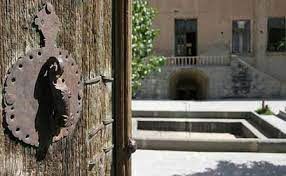
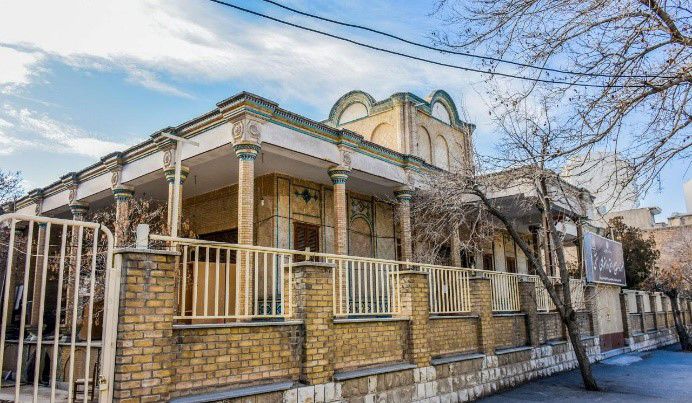
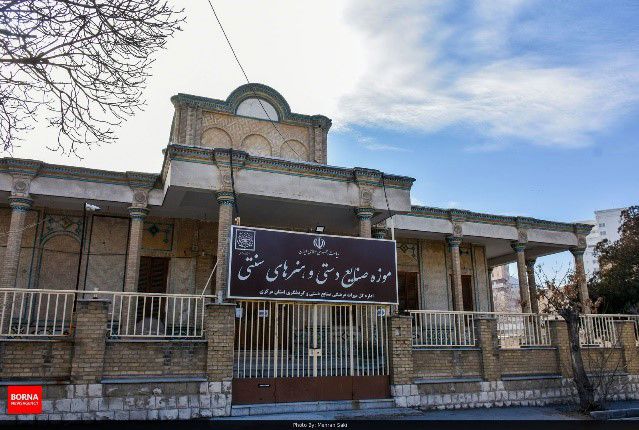
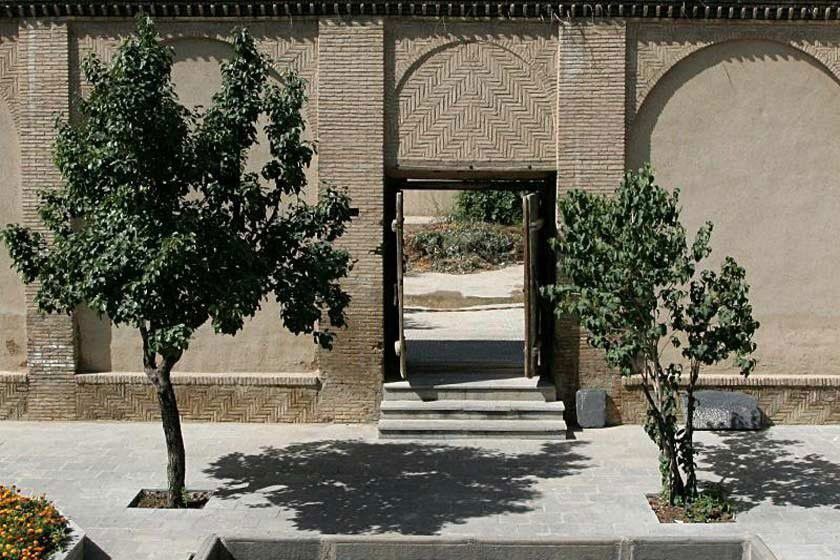
Emmanuel Church (Armenian Cemetery), Arak
The Emmanuel Church, located between Barq Bridge and Farangi Bridge in Arak, is a historical Protestant church dating back to 1942 (1321 in the Persian calendar).
This church, which is among the cultural landmarks of Arak, serves followers of Jesus Christ. It is currently overseen by Pastor Rahchera, who leads services and welcomes Christian worshippers on Saturdays.
Emmanuel Church stands as a testament to the religious diversity and heritage of Arak, making it a notable destination for both locals and visitors interested in the city’s history and cultural inclusivity.
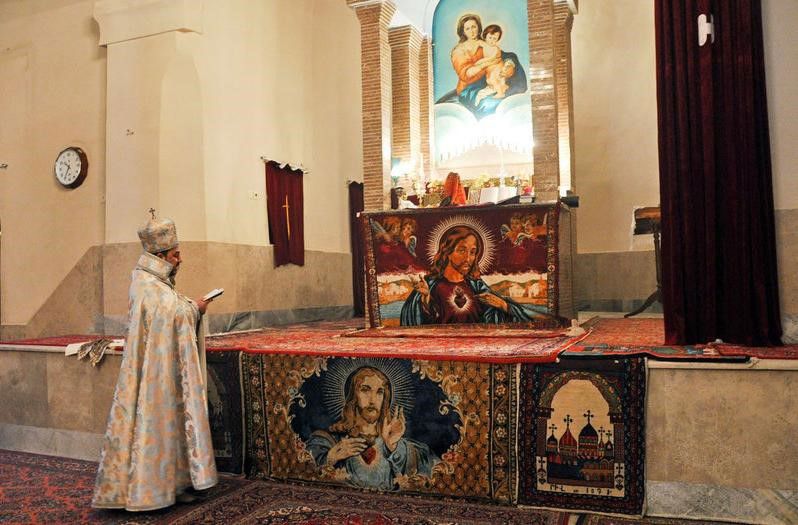
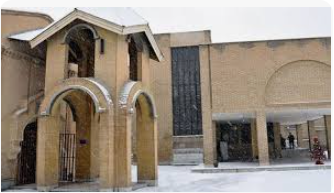
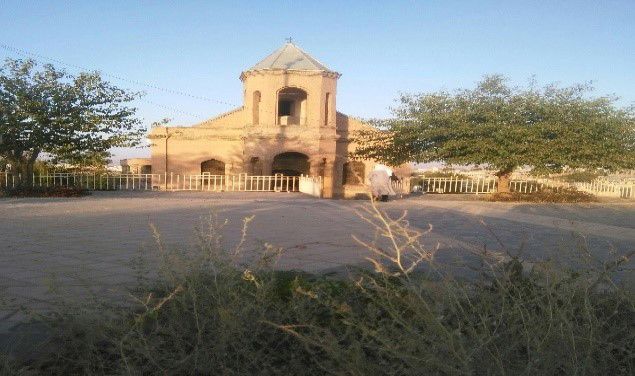
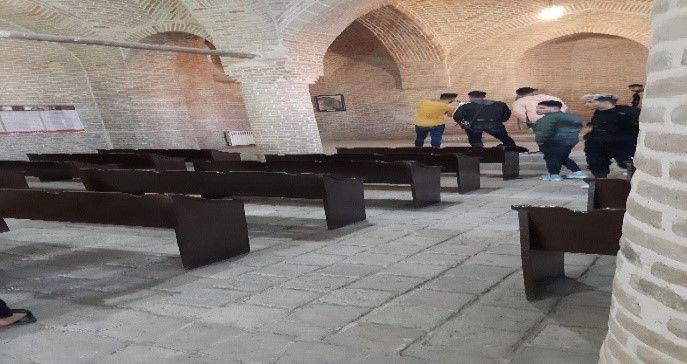
Hasanpour House, Arak
Hasanpour House is a historic building in the old quarter of Arak, located at the first left passage after Chaharsoogh Bazaar, across from the Sepahdari School passage.
The house was originally built by Haj Ali Moshiri and, after several generations, came into the ownership of the Hasanpour family.
Architectural Features:
- Ground Floor: Includes winter rooms, a kitchen, a food storage area, and the main entrance.
- First Floor: Houses the royal (Shahneshin) and summer rooms.
- Structure: Built primarily with mudbrick, with foundations made of large stones and slurry.
- Facade: Decorated with bricks, tiles, tar, and plaster.
Historical Transition:
- In 1995 (1374), the Cultural Heritage and Tourism Organization of Markazi Province purchased the property from the heirs of the late Hasanpour.
- Restoration efforts lasted until 2004 (1383), after which it was converted into a handicrafts museum.
- In 2018 (1397), the building was privatized and repurposed into a traditional teahouse.
Hasanpour House is a remarkable example of Qajar-era architecture and has evolved from a residential property to a cultural landmark and a modern traditional space, reflecting the rich heritage of Arak.
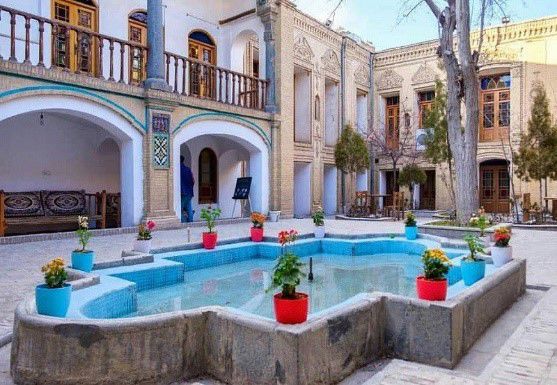
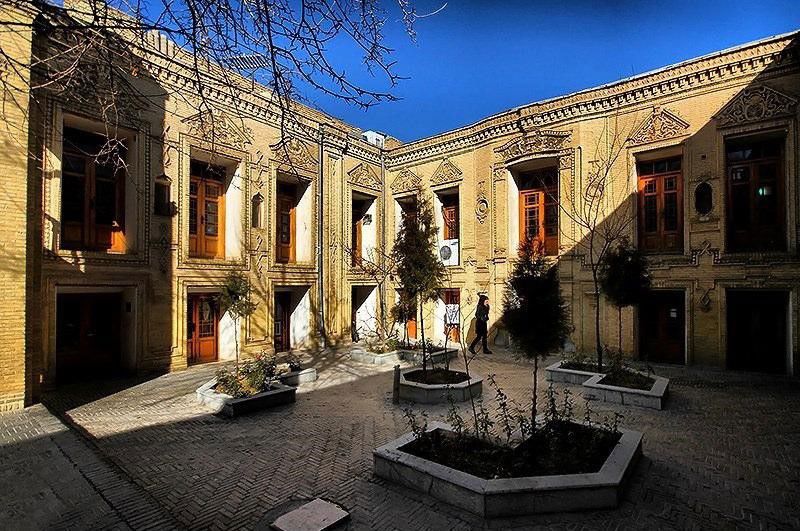
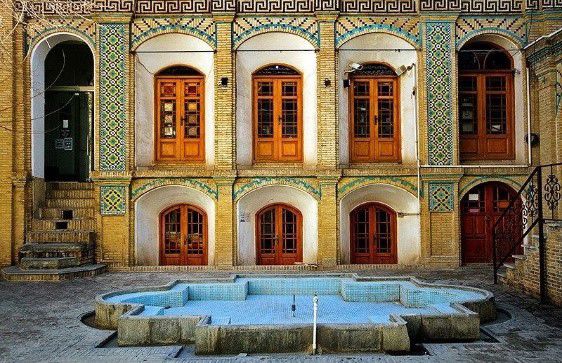
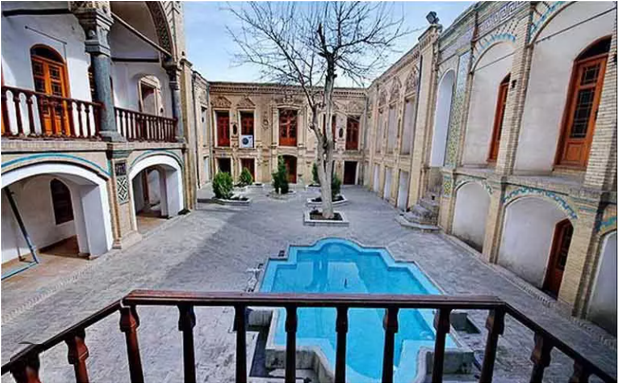
Sepahdar School, Arak
The Sepahdar School is a historical monument from the Qajar era, built at the same time as the Arak Bazaar by the order of Yusuf Khan Gorji, also known as Sepahdar Azam, the founder of Arak.
It is considered the first school in Arak (then known as Sultanabad) and the city's first center for religious studies.
Architectural Highlights:
- Design: The school is modeled after Safavid-era schools, featuring intricate and beautiful Qajar-era tilework.
- Structure:
- Built in the four-iwan style, with the northern and southern iwans being taller and more grandiose than the other two.
- Surrounding the courtyard are 25 chambers, each with a small porch at the front and a living area at the back.
- The arched doorways and triangular corners of the chambers are adorned with seven-colored ceramic tiles.
- The single-shell dome of the school is the largest brick dome in Arak’s historic fabric.
- Interior Features:
- A spacious courtyard with a stone pond in the center.
- An ab anbar (water reservoir) for storing water.
Historical Significance:
- The school was constructed by Yusuf Khan Sepahdar, who was related to Fath-Ali Shah Qajar through his son-in-law.
- Haj Aqa Mohsen Araki played a significant role in its expansion.
- In 1915 (1333 AH), Abdolkarim Haeri Yazdi elevated it into one of the major Islamic seminaries in Iran.
Notable Figures:
Prominent scholars and religious leaders, including:
- Seyyed Ruhollah Khomeini (founder of the Islamic Republic of Iran)
- Aqa Nour al-Din Araki
- Mohammad Ali Araki
Location:
The Sepahdar School is part of the Arak Bazaar complex, making it a cornerstone of the city's cultural and educational history.
This historic site continues to reflect the city’s rich religious, architectural, and educational heritage.
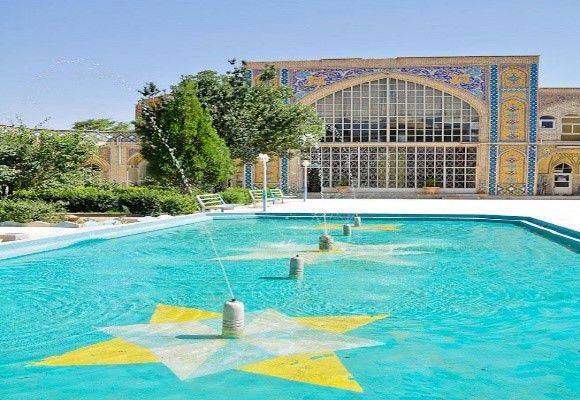
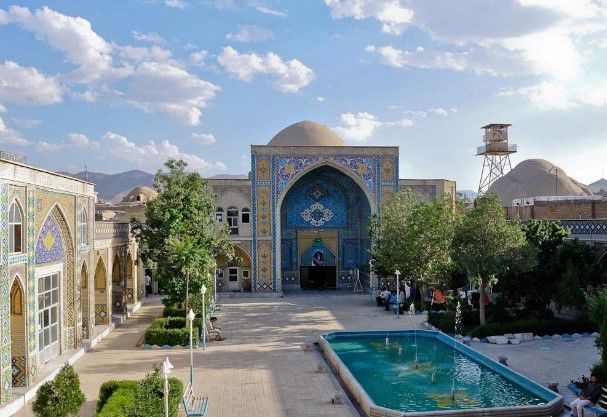
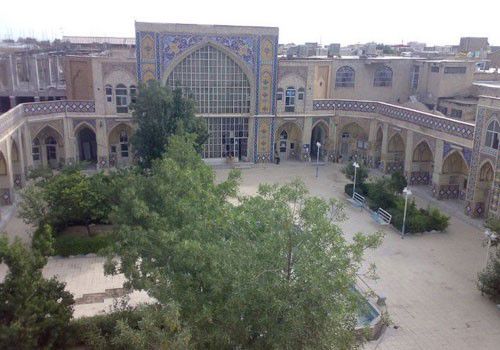

Lajoor Mountain, Arak
Lajoor Mountain is located in the north of Shazand County, approximately 25 kilometers from the Arak-Tureh road in Markazi Province, near the village of Eshkan.
Key Features:
- Height: Approximately 2,800 meters.
- Famous Wall: The mountain features a 350-meter vertical wall, making it the third tallest climbing wall in Iran.
- Geology: The rocks of Lajoor Mountain are predominantly granite, adding to the difficulty of climbing its rugged paths.
- Name Meaning: Locals interpret "Lajoor" as meaning "stubborn" or, in another sense, "azure-colored" (Lajwardi).
Lajoor Mountain is a prominent destination for climbers and adventure seekers, offering both challenges and breathtaking views, while its natural beauty and rugged terrain make it a symbol of the region's grandeur.
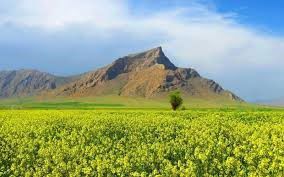

Mount Shah Keykhosrow, Arak
Mount Shah Keykhosrow, also known as Mount Shah Zendeh or Keykhosrow Cave, is a sacred and legendary mountain located in Shazand County, about 25 kilometers from the Shazand-Tureh road.
Key Features:
- Elevation: The mountain rises to an altitude of 3,050 meters, as indicated on a sign at its summit.
- Terrain:
- The base of the mountain consists of sandy and gravelly soil.
- At higher altitudes, the terrain transitions to rocky cliffs.
- Cave: The mountain’s southern peak houses a cave, making it a site of historical and religious importance.
Cultural and Religious Significance:
- The mountain and its cave hold a sacred status for Zoroastrians and are steeped in mythological significance.
- Every year, Zoroastrians from India and various cities in Iran visit the site to pay their respects and partake in religious ceremonies.
Nearby Villages:
- The mountain is surrounded by several villages, the most notable being Gousheh Olya, located at the foothills of the mountain. This village offers the best and most scenic view of the mountain.
- Other nearby villages include:
- Gurezar, at the base of the mountain
- Abbasabad, Senavord, and Anaj, located along the Arak-Khandab road (about 50 kilometers from Arak).
Mount Shah Keykhosrow stands as both a natural marvel and a spiritual destination, blending breathtaking landscapes with profound historical and religious significance.

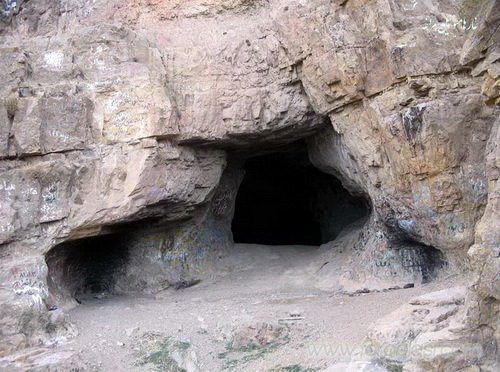
Nakhcheer, Chal-e Nakhjir, or Chal-Nakhjir is a cave situated in Jushaq Rural District of the Central District of Delijan Country, Markazi province, Iran
It is a limestone cave approximately 70 million years old. Parts of the cave, including its internal lake, have been prepared for easy tourist access. It was discovered in 1989 and registered as a national monument in 2001. Its interior is made of crystals, dolomit sediments, stalactites and stalagmites
Chal Nakhjir Cave is located on the slope and on the wall of Takht Mountain, next to the Jasb Wildlife Refuge, near the villages of Kerogan, Vashtekan, Harazjan and between the cities of Dilijan and Naraq, in Markazi Province. The name Chal Nakhjir is taken from the bottom, below and the hunting ground, because Chal Nakhjir is a part of a hollow where the hunters frightened their prey. This cave is included in the list of national monuments of Iran. Chal Nakhjir cave dates back to the third geological period and nearly 65 million years ago. Most of the structures in this cave are limestone and milky in color, and its stones are made of calcium carbonate, aragonite and gypsum. Constituted of seven floors, Chal Nakhjir cave is one of the layered caves of Iran. Chal Nakhjir cave is a flat and wet cave. The ancient signs can be seen on the mountain before the entrance of the cave. For example, the remains of a watch tower are still seen on the mountain. The entrance of the cave is located at ground level and towards the south. Currently, this gate is ten meters wide and twenty meters high. you will reach a crossroads half a kilometer after the entrance of the cave. Both ways are close to 1,300 meters. Of the seven floors of Chal Nakhjir cave just three have been explored so far. The ceiling of the cave is nearly eight meters. There is a 70-meter-deep lake inside the bed of the cave which only 400 square meters of its area have been found.



Souvenirs and Handicrafts of Arak
Arak is renowned for its delicious traditional sweets and handicrafts, which reflect the cultural richness of the region. Among the notable souvenirs are:
Traditional Sweets:
- Fatir: A type of soft, flatbread often enriched with sugar, butter, and aromatic spices.
- Basagh (Borasagh): A traditional sweet made from flour, sugar, oil, and milk, popular for its unique taste and texture.
- Sheermal: A lightly sweetened flatbread with a soft and rich texture, commonly flavored with saffron or cardamom.

Fatir
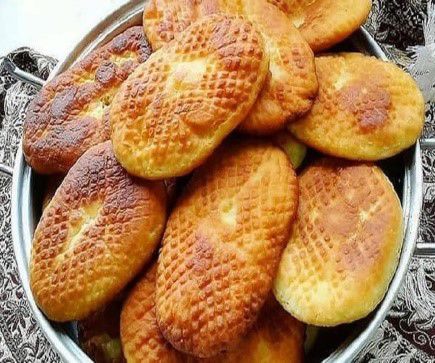
Basagh (Borasagh)

Sheermal

Shoes
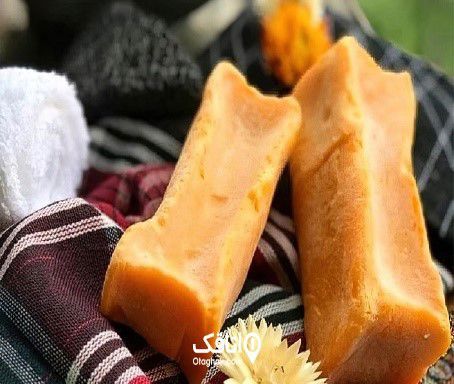
soap
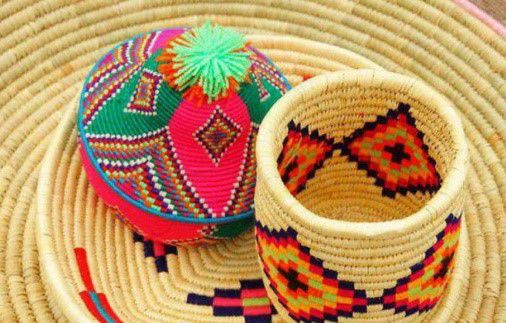
Capo
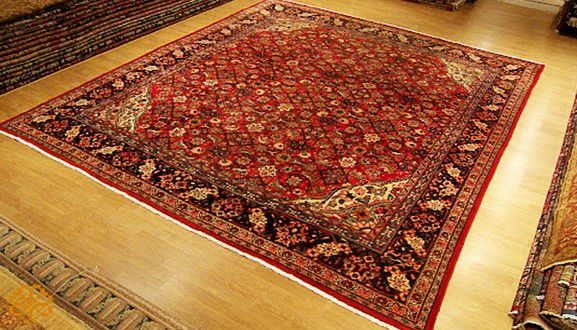
Sarogh carpet

Traditional Embroidery of Khomein
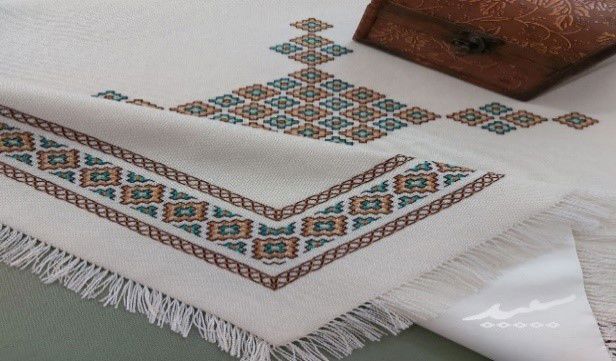
Tafresh Embroidery on Fabric
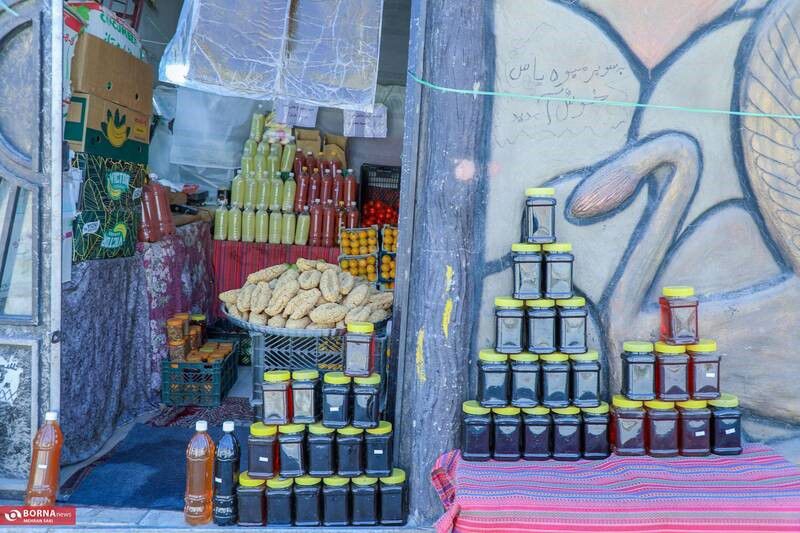
Grape Syrup

Candy

Candy
 Candy
Candy
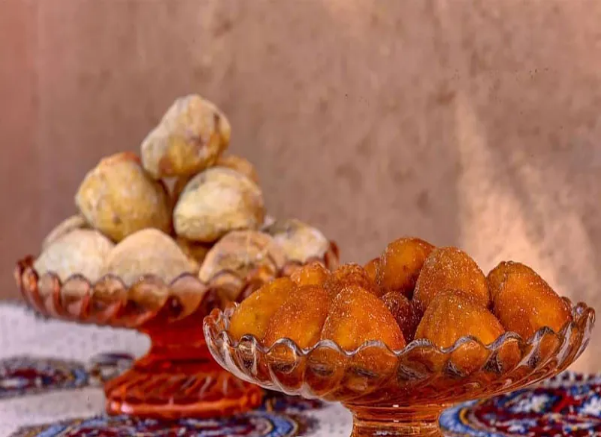
Candy
 Tarkhineh
Tarkhineh
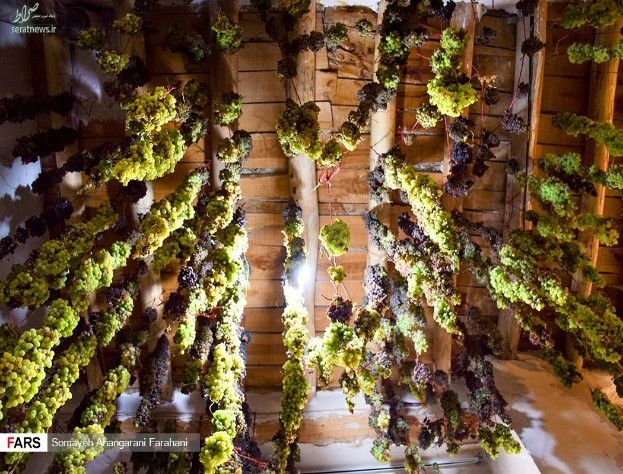
Raisins
Some delicious food from Arak :

